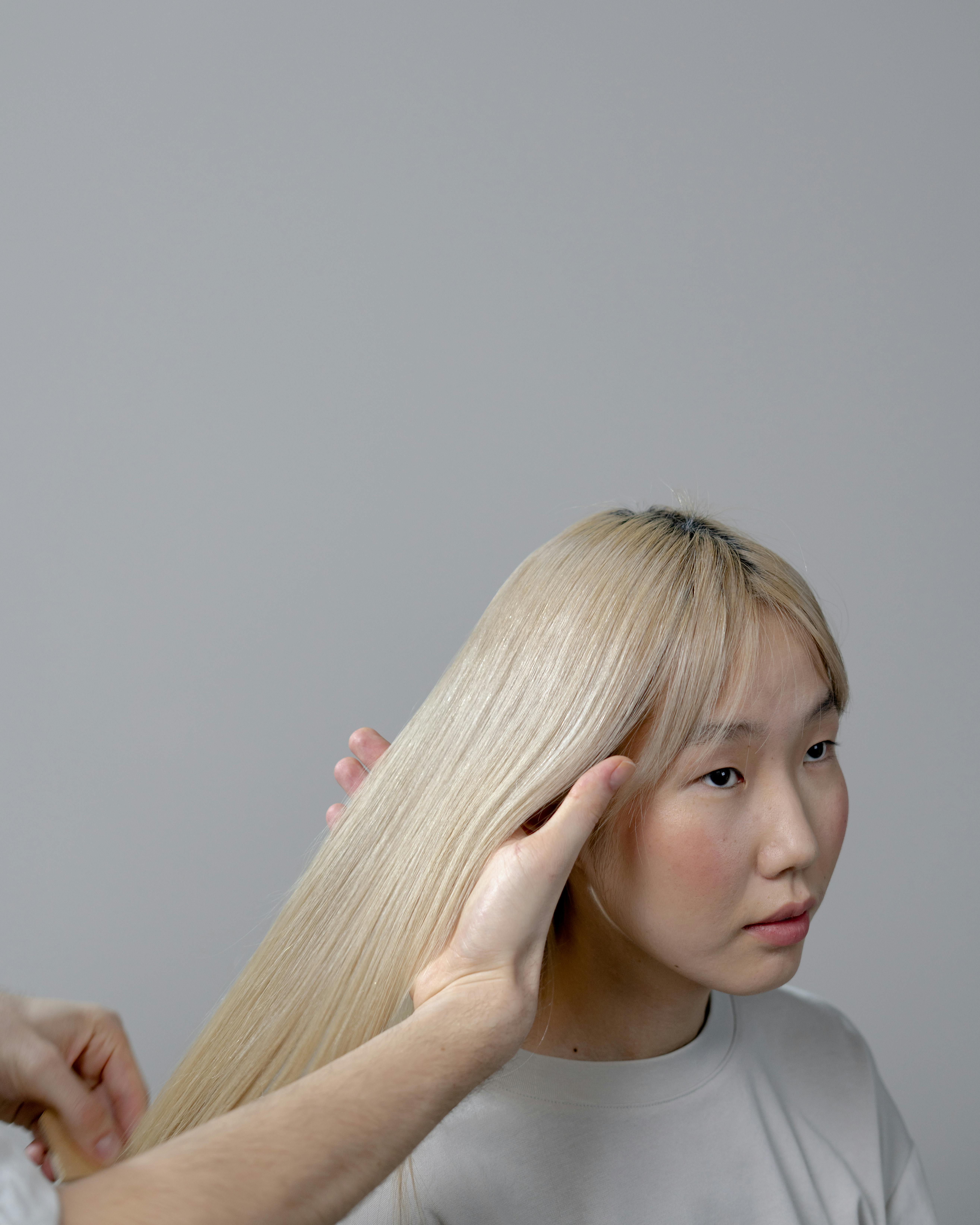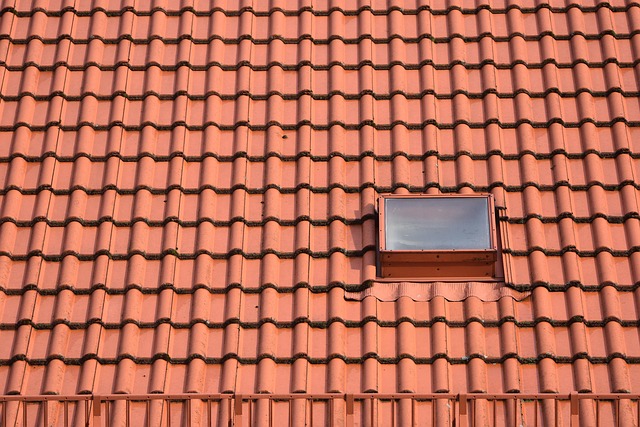How to Combine Hair Accessories with Everyday Style
Hair accessories can refresh daily outfits without changing a haircut or color. This guide outlines practical ways to pair clips, headbands, scrunchies, scarves, and pins with different face shapes, textures, and wardrobes. It also covers basic tools, simple styling methods, and maintenance habits to keep everyday looks tidy and wearable.

Accessories can elevate a routine look while keeping morning routines efficient and hair healthy. Selecting the right pieces depends on your haircut, hair texture, and daily activities—whether commuting, working from home, or running errands. This article explains how to match accessories with haircuts and bangs, enhance braids and updos, complement color work like balayage, and respect layers and curls. It also covers tools, straightening tips, grooming, and maintenance so accessories stay functional and flattering throughout the day.
How to match accessories with haircuts and bangs?
Different haircuts require different accessory choices. For short styles and barbering-inspired cuts, slim metallic clips or narrow headbands accentuate clean lines without overwhelming the silhouette. If you have bangs, choose small, gentle pins or an unobtrusive clip that holds hair back without flattening the fringe. For longer haircuts with layers, wider fabric headbands or soft scrunchies will sit comfortably and highlight movement. Consider proportion: bulky accessories can weigh down fine hair, while tiny pieces may disappear in thick or layered styles.
How to style braids and updos with accessories?
Braids and updos provide natural anchor points for decorative elements. For everyday wear, minimal accents—like a few pearl-tipped pins along a braid or a single matte barrette on a low bun—add interest without feeling overdone. Use small elastics that match hair color under fabric wraps for a neat look. When creating updos, place accessories asymmetrically to maintain a modern aesthetic. Tutorials that show step-by-step placement help ensure pins and clips are secure and comfortable throughout the day.
How to pair accessories with color and balayage work?
Color choices influence which accessory finishes and tones work best. Balayage and other multi-tonal techniques create highlights and depth; pick accessories that either complement or contrast those tones. Warm highlights pair well with gold or tortoiseshell details, while cooler tones look balanced with silver, pearl, or matte finishes. If you use extensions, prefer lightweight accessories so attachment points aren’t stressed; fabric-covered bands and soft scrunchies distribute pressure safely and keep the look seamless.
How to work with layers, texture, and curls?
Texture determines how accessories behave. For curly or textured hair, choose soft materials that won’t snag or break strands—satin or wide fabric headbands and gentle scrunchies are good options. Layers add movement; place small pins near the face or at the crown to emphasize lift without flattening volume. For sleek, layered looks created with straightening, select low-profile clips that maintain smooth lines. Always avoid tight elastics that create creases or undue tension on delicate areas.
What tools, straightening tips, and grooming support accessories?
Tools and technique affect accessory performance. When straightening, apply heat protectant and use clips that stay cool and won’t melt or deform. For curls, a wide-tooth comb and detangling spray reduce friction when adding accessories. Regular grooming—timely trims, hydration treatments, and sensible care—helps accessories lie predictably. Replace stretched elastics, clean fabric items, and inspect metal fastenings to prevent damage to hair and to keep styles neat throughout wear.
Which trends, tutorials, and maintenance habits matter for daily care?
Trends change, but functional principles remain: coordinate materials and tones with outfits, prioritize hair health, and learn a few reliable tutorial-based styles for quick execution. Short video tutorials offer repeatable methods—half-up twists, wrapped ponytails, and simple braid accents—that make accessories look intentional. Maintenance routines like separate storage, periodic cleaning of fabric pieces, and replacing worn parts preserve both appearance and functionality, ensuring accessories remain useful day after day.
Conclusion Combining accessories with everyday style is about balancing aesthetic choices and practical needs. Match pieces to your haircut, bangs, texture, and color work; use appropriate tools and grooming practices; and favor reliable, comfortable options for daily wear. With consistent maintenance and a few practiced styling moves, accessories can make routine hairstyles feel polished and purposeful without extra effort.




